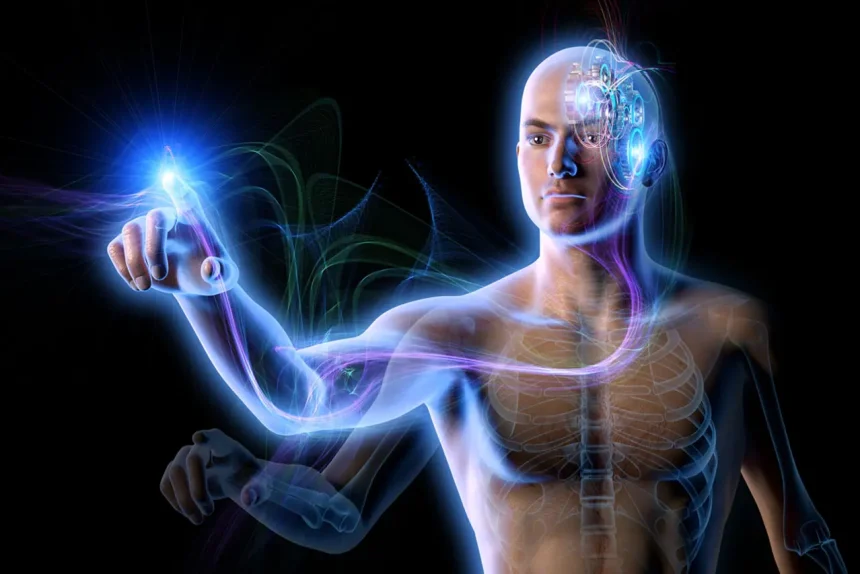To effectively initiate and refine motor skills, understanding the nuances of motor control and learning is crucial. These processes, integral to occupational therapy, rely on the synergy between the motor and nervous systems. Misunderstandings in any segment could hinder motor skill acquisition.
Motor Learning Frame of Reference
Motor learning involves developing skills through practice, experience, and integration of sensory-perceptual and cognitive systems. This results in a lasting change in skill capability. Our full guide provides insights into the stages of motor learning, measured by acquisition, retention, and transfer of movements.
Study Tip: Regularly analyze your skill acquisition and identify areas needing improvement.
Question: How do motivation and reinforcement affect motor skills development?
Motor Control in Occupational Therapy
Motor control is essential in regulating voluntary movements and is dependent on the nervous system’s relationship. Understanding its underlying mechanisms assists in fostering better therapeutic outcomes.
Example: In neurological rehabilitation, task-oriented strategies focusing on meaningful activities significantly enhance recovery.
PNF Occupational Therapy
Proprioceptive Neuromuscular Facilitation (PNF) is grounded in the concepts of normal human development, using integrated movement patterns and multisensory input to improve motor skills.
Example: Utilize PNF to enhance diagonal movement patterns crucial for daily activities.
NDT Frame of Reference
The Neurodevelopmental Treatment (NDT) approach, also known as the Bobath Treatment, emphasizes normalizing muscle tone and facilitating postural reactions through handling techniques.
Margaret Rood Approach
Margaret Rood’s approach highlights sensory stimulation for normalizing muscle tone and enhancing movement patterns. Techniques like icing and brushing are practical components of this therapy.
Key Action Steps
- Practice task-oriented activities weekly to strengthen motor learning.
- Incorporate visual and verbal prompts during skill execution to enhance performance.
- Regularly reassess motor skill acquisition to identify progression and areas needing attention.
Interactive Insight
Reflection: Can you differentiate between reflexive and volitional movement in your daily practice? How might this influence your approach to therapy sessions?
Want detailed practice tips to ace the NBCOT® exam? Join now for full access!
What is the importance of motor learning in occupational therapy?
Motor learning is crucial in occupational therapy as it involves developing skills through practice and experience, leading to lasting changes in skill capability. This process integrates sensory-perceptual and cognitive systems, which are essential for effective therapy outcomes.
How do motivation and reinforcement impact motor skills development?
Motivation and reinforcement play vital roles in motor skills development by encouraging repeated practice and enhancing engagement. Positive reinforcement can lead to better retention and acquisition of skills, thereby improving therapy results.
What are task-oriented strategies in neurological rehabilitation?
Task-oriented strategies focus on meaningful activities that simulate real-life tasks. These strategies aim to improve motor control by integrating therapeutic activities that enhance patient engagement and overall recovery in neurological rehabilitation.
How does the Proprioceptive Neuromuscular Facilitation (PNF) approach benefit motor skills?
PNF enhances motor skills by using integrated movement patterns and multisensory inputs. This approach aligns with normal human development to improve motor function and coordination, crucial for daily activities.
What techniques are used in the Margaret Rood approach to normalize muscle tone?
The Margaret Rood approach utilizes sensory stimulation techniques such as icing and brushing to normalize muscle tone and enhance movement patterns, aiding in the rehabilitation process.



